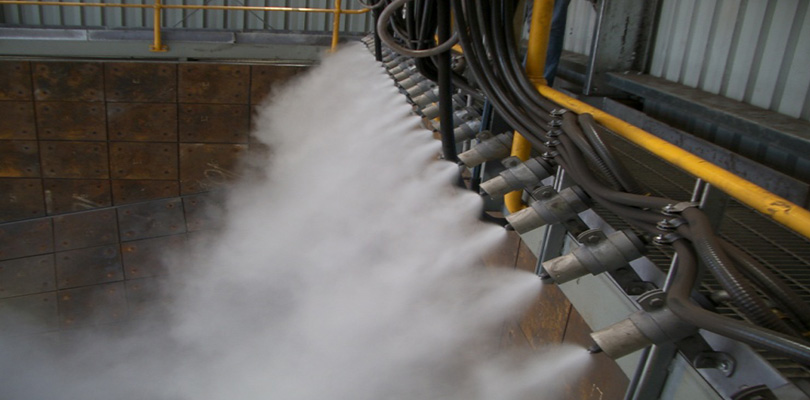"Clearing the Air: The Power of Dry Fog Dust Suppression Systems"
Introduction
In industries such as mining, construction, agriculture, and manufacturing, dust is a ubiquitous and persistent problem. Not only can excessive dust be a nuisance, but it can also pose serious health and safety risks to workers, harm the environment, and damage equipment.
Traditional methods of dust control often involve water-based systems that can create muddy and slippery conditions, making them less than ideal for many applications. Enter the dry fog dust suppression system, a revolutionary technology that offers an effective, efficient, and eco-friendly solution to dust-related challenges.
Understanding the Dry Fog Dust Suppression System
Dry fog dust suppression systems are designed to tackle dust-related issues without using excessive amounts of water. Unlike traditional methods that drench the area in water, dry fog systems produce tiny water droplets in the form of fog. These droplets are so small that they remain suspended in the air, creating a fog-like atmosphere. This fog effectively captures dust particles, making them heavier and causing them to settle to the ground.
Key Benefits of Dry Fog Dust Suppression
Water Conservation: One of the most significant advantages of dry fog dust suppression systems is their water efficiency. Traditional water-based systems can consume vast amounts of water, whereas dry fog systems use minimal water while achieving excellent dust control. This not only conserves a precious resource but also reduces operational costs.
Worker Safety: Dust particles in the air can pose serious health risks to workers, leading to respiratory issues and other health problems. Dry fog systems effectively suppress dust, creating a safer and healthier work environment.
Equipment Protection: Dust can be abrasive and corrosive, causing significant damage to machinery and equipment. Dry fog systems help protect valuable assets by reducing dust-related wear and tear.
Environmental Friendliness: Dry fog systems are environmentally friendly as they produce minimal water waste and do not introduce harmful chemicals into the ecosystem. They are a sustainable choice for industries looking to reduce their environmental footprint.
Versatility: Dry fog dust suppression systems are highly versatile and can be tailored to suit various applications. Whether it's mining, demolition, agriculture, or manufacturing, these systems can be adapted to specific needs.
How Dry Fog Dust Suppression Works
Dry fog dust suppression systems use specialized nozzles to produce tiny water droplets, typically ranging in size from 10 to 25 microns. These droplets are so fine that they can effectively encapsulate dust particles, making them heavier and causing them to fall to the ground. The key to the system's effectiveness is the creation of a fog-like atmosphere, which ensures thorough dust control without excessive water usage.
Applications of Dry Fog Dust Suppression
Mining: Mines generate significant amounts of dust, which can be harmful to both workers and equipment. Dry fog systems are widely used in mining operations to control dust and improve safety.
Construction: Construction sites are prone to dust from activities like drilling, blasting, and excavation. Dry fog systems help keep construction sites clean and safe.
Agriculture: Dust in agricultural settings can lead to reduced crop yields and health issues for workers. Dry fog dust suppression can help mitigate these problems.
Manufacturing: Dust generated in manufacturing processes can harm product quality and worker health. Dry fog systems are used to maintain clean and safe manufacturing environments.
Demolition: Demolition projects create a lot of dust, which can be a concern for nearby residents and workers. Dry fog dust suppression helps control dust during demolition activities.
Conclusion
In a world where environmental concerns, worker safety, and equipment protection are paramount, dry fog dust suppression systems emerge as a game-changing solution. These systems offer a host of benefits, including water conservation, improved worker safety, equipment protection, and environmental friendliness. Their versatility makes them suitable for a wide range of applications, from mining and construction to agriculture and manufacturing. By embracing this innovative technology, industries can efficiently combat dust-related challenges while reducing their environmental impact and enhancing workplace safety. The future of dust control is indeed looking clearer with dry fog dust suppression systems.




Comments
Post a Comment